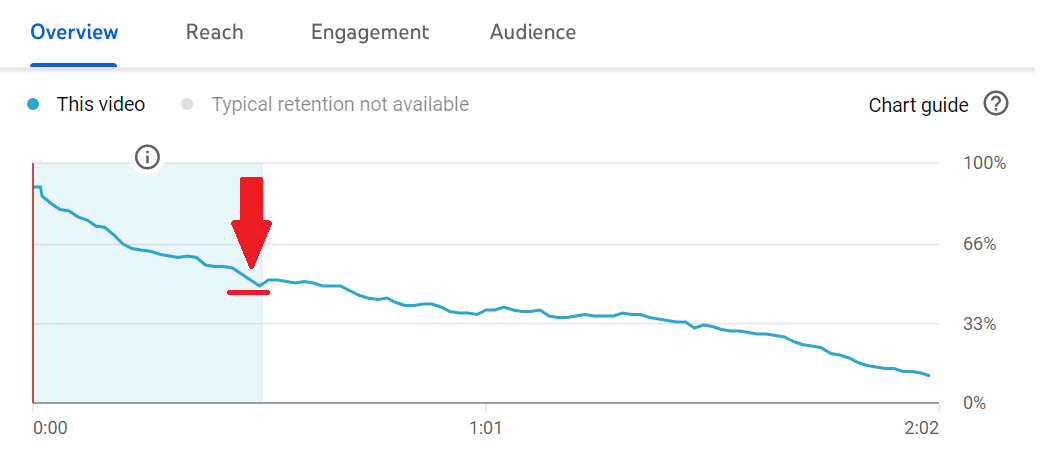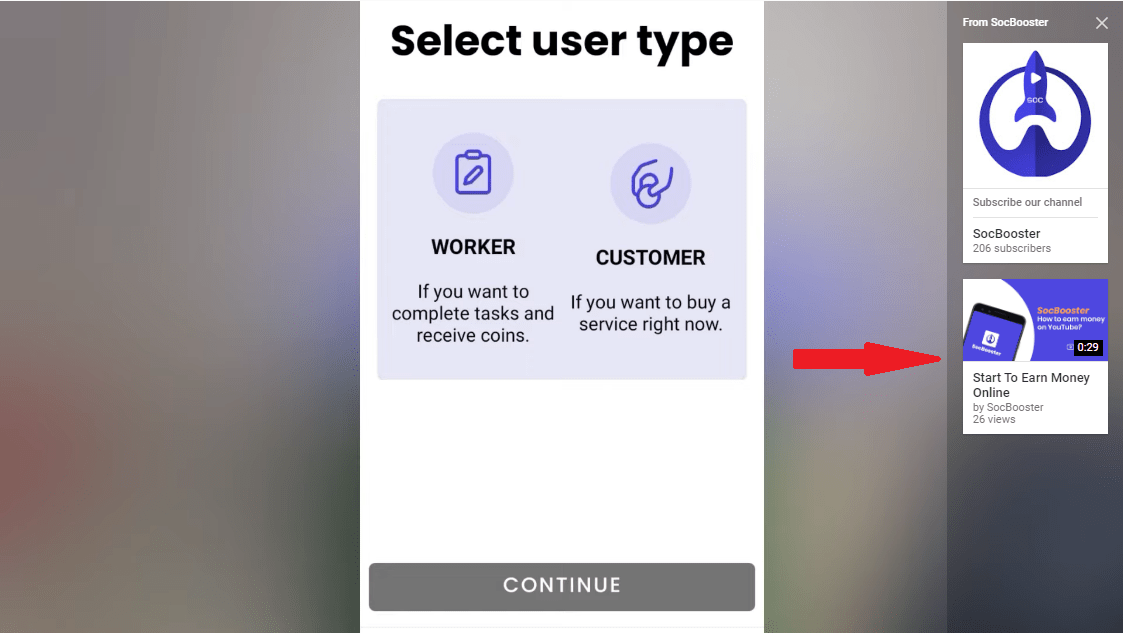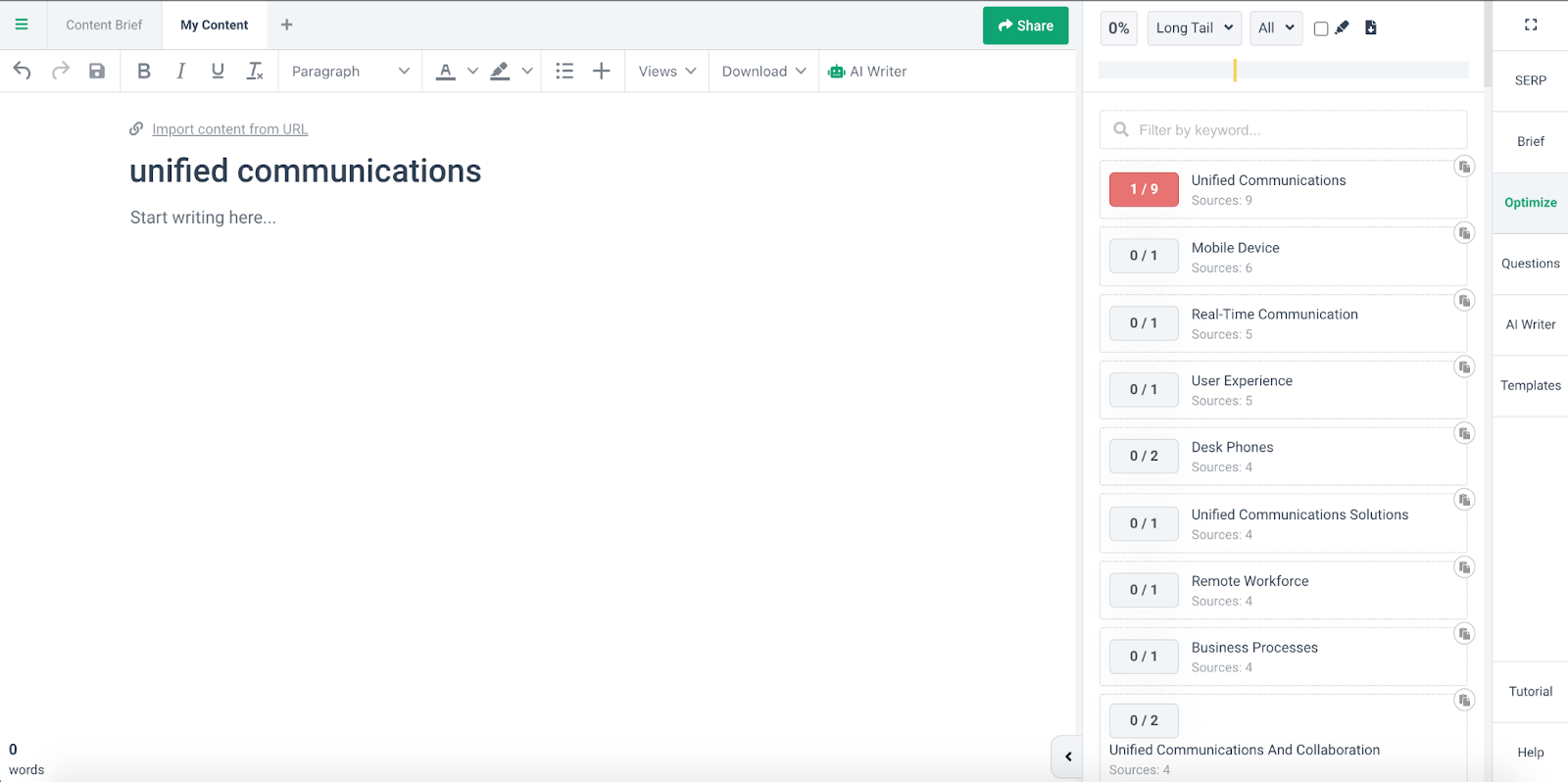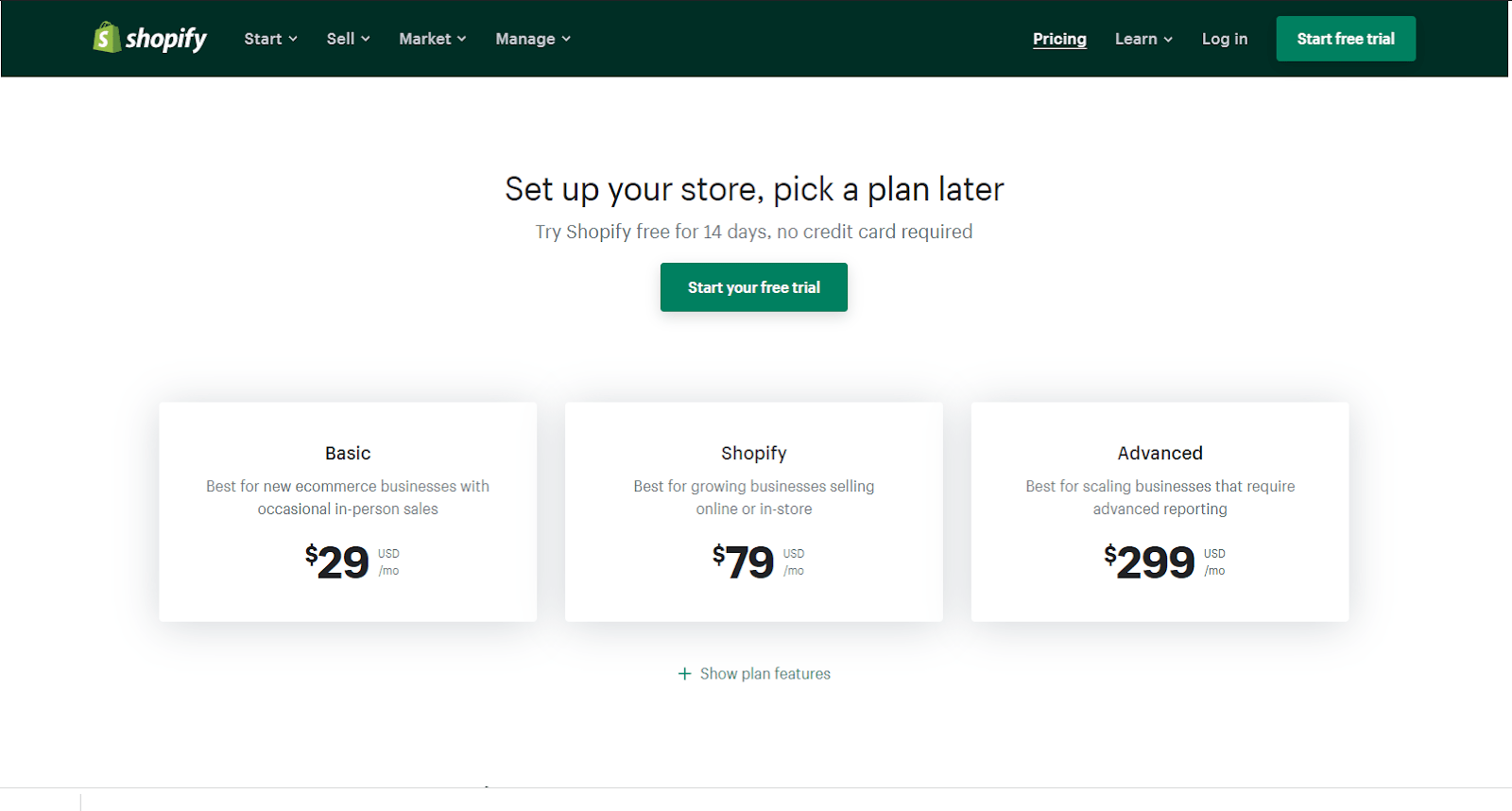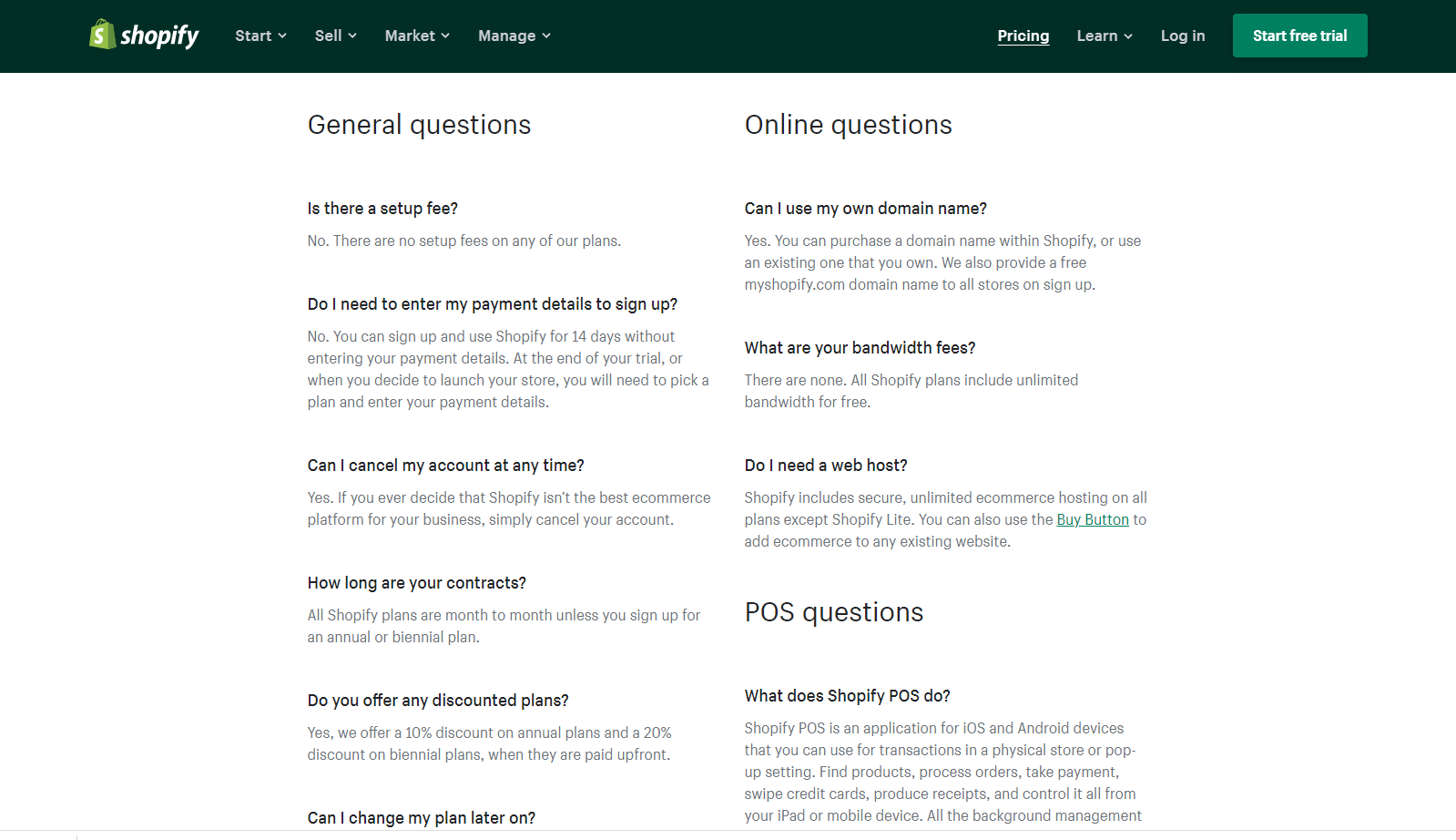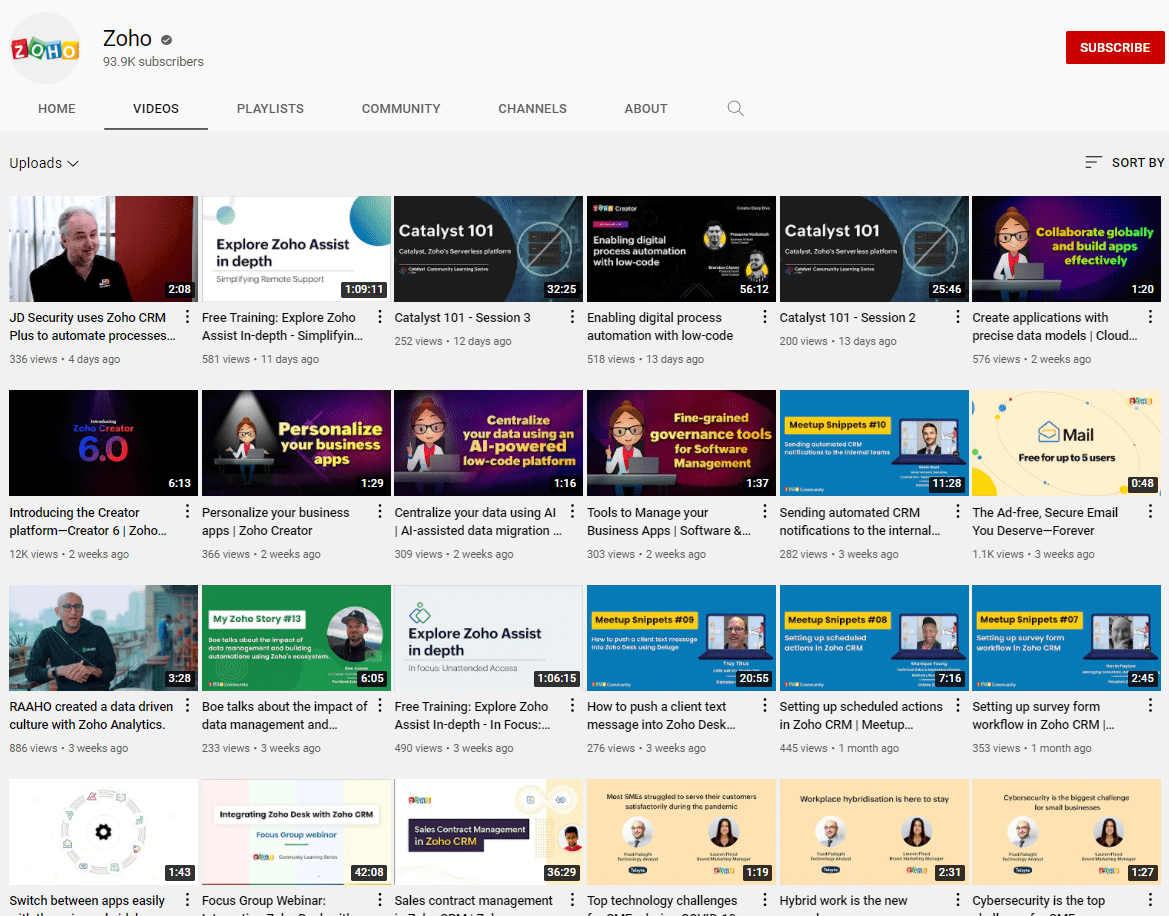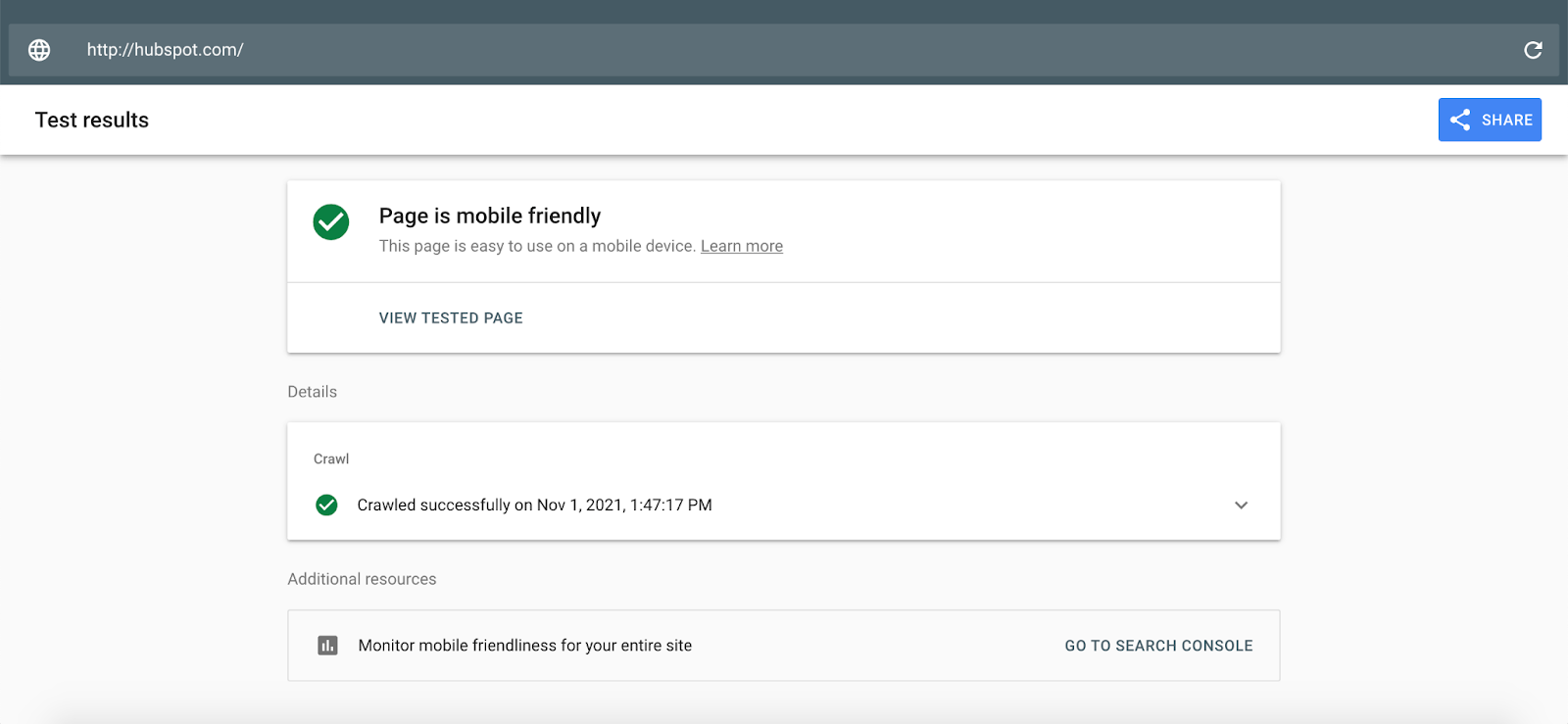In the business world, where endless video calls have become a norm, a simple phone call is a welcome change. As we all know, an old-fashioned phone call is a much better option than emails and video calls regarding business calls, especially for B2B sales leads.
Emails and video calls demand great attention and energy from your prospects, which can easily drain their social battery much faster. On the other hand, phone calls can help you talk because there is less distraction from surfing the internet and no distractions from push notifications. Additionally, phone calls allow for more established connections.

What are Some Phone Number Search Methods?
First, we will look into different ways to find a person’s phone number online; they include:
1. Look Into Social Media
Most social media websites today collect users’ phone numbers to keep their accounts more secure. Additionally, it also makes it easier for people to find connections.
As users, you can choose to make your personal or business phone number visible on your social media accounts. If you already know the full name of the person whose phone number you are looking for, you can simply search for them on social media websites. If luck is on your side, you will be able to find their numbers easily.
On the other hand, if you cannot find the required phone number via their personal profiles, you can also look for it via the prospect’s Facebook business page.
Two sites where you can easily find the phone numbers of your prospects are Facebook and LinkedIn.
2. Use Modern Mobile Applications
Modern mobile applications, like TrueCaller, allow you to find the phone number of your prospects simply by pulling out your mobile device. These apps are available for both Android and iOS devices. All you need to do is type in the prospect’s name, after which the app will look into its database and allow you to make a connection.
3. Use a Search Engine
As we know, Google is today’s most powerful search engine. You can easily find whatever you want if you have the right search terms. Even if you do not use Google, many other search engines are just as competent, like Yahoo, Bing, AOL, etc.
When looking for phone numbers on search engines, you must provide as much information as possible. For instance, you can provide relevant information that you can access, like the city where they live, their job position, the type of company they work in, etc. Overall, the more information that you can provide, the better chances you will have of finding their latest contact information.
4. Visit the Company Website
One of the simplest ways to get in touch with your prospects via phone is by looking at the company website. Most businesses publish the direct contact information of their employees on their official websites.
On the company website, you will either find the direct phone number of the prospects or a general company number. In the case of the latter, you will be contacted by the company operator who can help you get in touch with the person you are looking for.
5. Using Digital White Pages
During the old days, you would have to pull out a physical phone book and search the listing if you wanted to find a person’s phone number. Today, you will not find physical phone books. However, you will still have access to online digital While Pages. These White Pages work similarly to these physical phone books; however, you will be using your keyboard to look for phone numbers instead of flipping the pages of a book.
6. Look Into Online Business Listings
Generally, business listing websites often contain the contact information of hundreds and thousands of companies worldwide. In these business listings, you will find international businesses, B2B businesses, software companies, small to medium brands, and regional businesses.
These sites can be used to find the direct phone numbers, mainline, or department phone numbers. Even if you cannot directly find the prospect’s phone number, you can still find the company’s contact information. All you need to do next is to ask around.

7. Utilize a People Search Engine
There are contact search extension tools and search directories where you can look for the prospect’s contact information. While they may sound similar to search engines, they are not the same.
For instance, one of the best people search engines is AnyWho. This is quite a popular tool that you can use to find the phone numbers of thousands of contacts. There are many reasons why AnyWho is so popular – the database is updated weekly and can be used for free.
8. Look At Consumer Watchdog Websites
If you are looking for the contact information of someone that works for a prominent company, you can visit consumer watchdog websites of any type in the name of the company. In the case of the US, you can easily find the phone number using Better Business Bureau.
Additionally, you will also find various reviews from the public so that you will have a better understanding of the company that you are trying to get in touch with.
Another useful website is Get Human; here, you will find the contact information of the company representative instead of being redirected to a bot. Get Human is a very popular tool that offers prospects’ contact information from different companies.
What Are Some Great Tools That You Can Use to Find Any Phone Number?
Now that we are familiar with the different methods to help you find the phone number of your prospects, let us now look into some tools that can help you with the same:
1. RevDriver
RevDriver is a great extension for Google Chrome that you can use to find updated and verified prospects’ contact information. It will also provide you with information like company data and email addresses. RevDriver also provides freemium users with a credit counter to keep track of the contact reveals. As a free user, you can find 100 reveals per month.
2. SignalHire
With only a few clicks, you can find email addresses and phone numbers using SignalHire. Facebook, Twitter, LinkedIn, GitHub, and other social and professional networks are all easily integrated. The software can bulk extract contacts and export them in CSV format. What is very convenient is their extension for Chrome and Firefox, which works directly on LinkedIn and other professional social networks. Users may get anyone’s email, phone number, and backlinks to their social network accounts with only one click. This extensive professional database contains only current information.

3. LinkedIn
LinkedIn is considered one of the best tools for businesses, especially concerning prospecting. You can get in touch with professionals and businesses by contact information via email or phone number or directly on the platform. However, you will only find the prospect’s phone number if they have shared it on their profiles.
4. SalesIntel
SalesIntel is one of the best B2B contact databases that will provide you with all the phone numbers you are looking for. The data is very accurate, and the tool has an impressive reach. All the phone numbers are verified. Apart from phone numbers, you will also find various other contact information like email address, company address, etc. This tool is used by millions of users from all around the world.
5. BeenVerified
Apart from helping you find the phone number of your contacts, BeenVerified offers various types of services to its customers, like reverse phone number lookup, address search, vehicle search, username search, etc. The information you will get is very detailed. You will also find the social media accounts of the people you are looking for. BeenVerified is one of the best tools in the market to look for your prospect’s phone number.
6. ZabaSearch
ZabaSearch is a free database that provides your prospects’ phone numbers and other public information and connections. Unfortunately, this tool can only be used in the US for now, meaning you will only be provided access to information from American public records. Apart from helping you find the phone numbers of your prospects, the tool also offers other services like reverse phone lookup, advanced search, etc.
Final Thoughts
Finding your prospects’ phone numbers is not easy. However, the methods and the tools mentioned in this article should be able to help you and make the task less challenging. Whatever method or tool you use, ensure that the phone numbers you find are active and legitimate. Perhaps the best way to do so is to simply call the number.










